
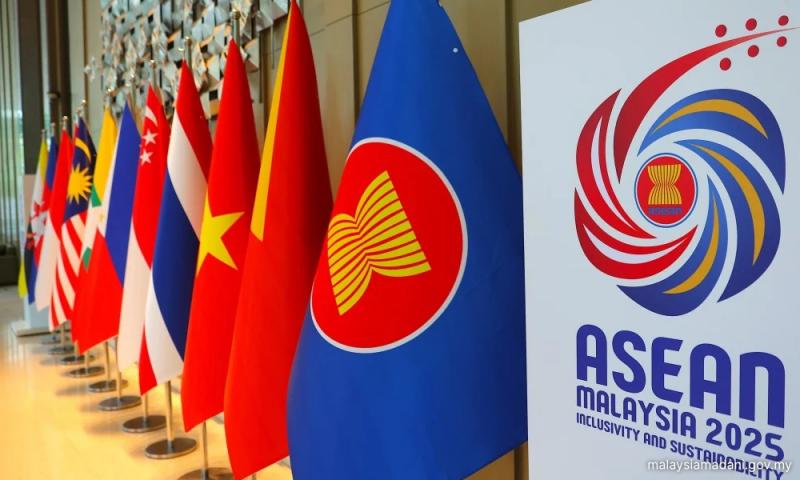

Murale Pillai
Published: Jul 28, 2025 8:59 AM
Updated: 10:59 AM
COMMENT | As chair of Asean 2025, Malaysians should make some effort to learn the history and politics of the 10 member states that make up this association founded on Aug 8, 1967.
Asean represents 700 million people, almost all of whom have suffered much under centuries of colonial rule.
And well before colonial rule, the people of Asean have also had a long history of internecine warfare for territory and resources.
This has continued into the modern era, often fanned by a heady mix of nationalism and populism.
The Philippines’ claim to Sabah is a case in point, and so are Pulau Batu Puteh/Pedra Branca, Middle Rocks, and South Ledge.
Briefly, on July 24, 2003, Malaysia and Singapore jointly agreed to refer the matter of which country has sovereignty over Pulau Batu Puteh, Middle Rocks, and South Ledge, all small marine features, to the International Court of Justice (ICJ).
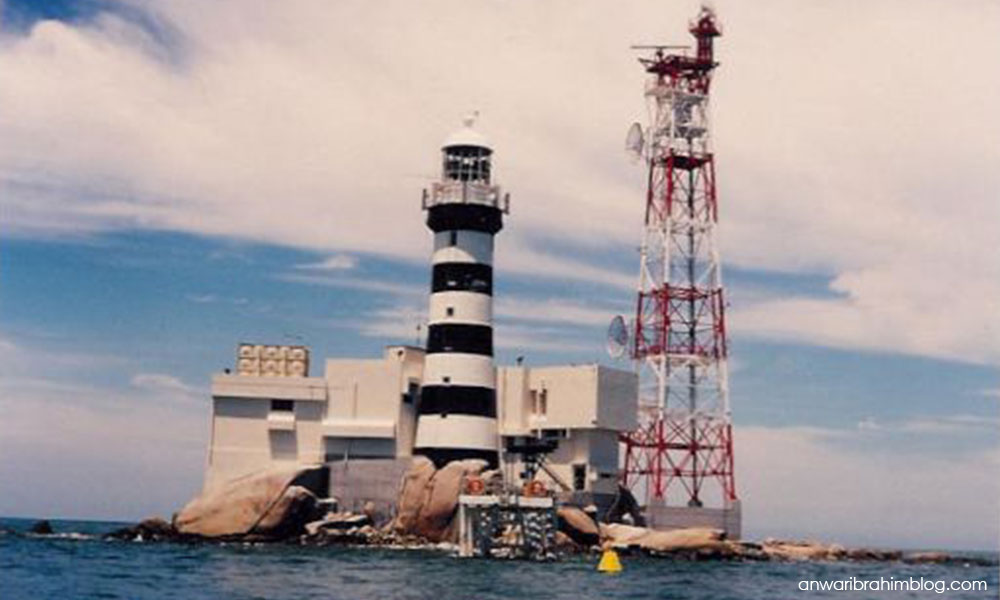
Pulau Batu Puteh
The two countries also agreed beforehand to abide by the court’s decision.
With regard to Pulau Batu Puteh, the ICJ in 2008 decided in Singapore’s favour while acknowledging that the Johor sultanate had the original title, which had passed to Singapore on account of our failure to object to Singapore exercising sovereignty over it.
The ICJ decided Middle Rocks in our favour.
On the third marine feature, the ICJ’s decision fell short of a decision.
South Ledge, which appears as a land feature only at low tide, was awarded to the state whose territorial waters encompass it. That is, its sovereignty will depend on how Malaysia/Singapore delineate their territorial waters.
The two countries also agreed beforehand to abide by the court’s decision.
With regard to Pulau Batu Puteh, the ICJ in 2008 decided in Singapore’s favour while acknowledging that the Johor sultanate had the original title, which had passed to Singapore on account of our failure to object to Singapore exercising sovereignty over it.
The ICJ decided Middle Rocks in our favour.
On the third marine feature, the ICJ’s decision fell short of a decision.
South Ledge, which appears as a land feature only at low tide, was awarded to the state whose territorial waters encompass it. That is, its sovereignty will depend on how Malaysia/Singapore delineate their territorial waters.
Thai or Cambodian territory?
Similarly, Thailand and Cambodia referred their long-standing dispute over the ancient Preah Vihear Temple to the ICJ in 1959.
This border temple is regarded by the Khmers as an edifice of their spiritual life and past glory when the Khmer Empire reigned supreme in these parts.
That the temple was built by the ancient Khmers was never in doubt. The ICJ awarded it to Cambodia, but it didn’t end there.
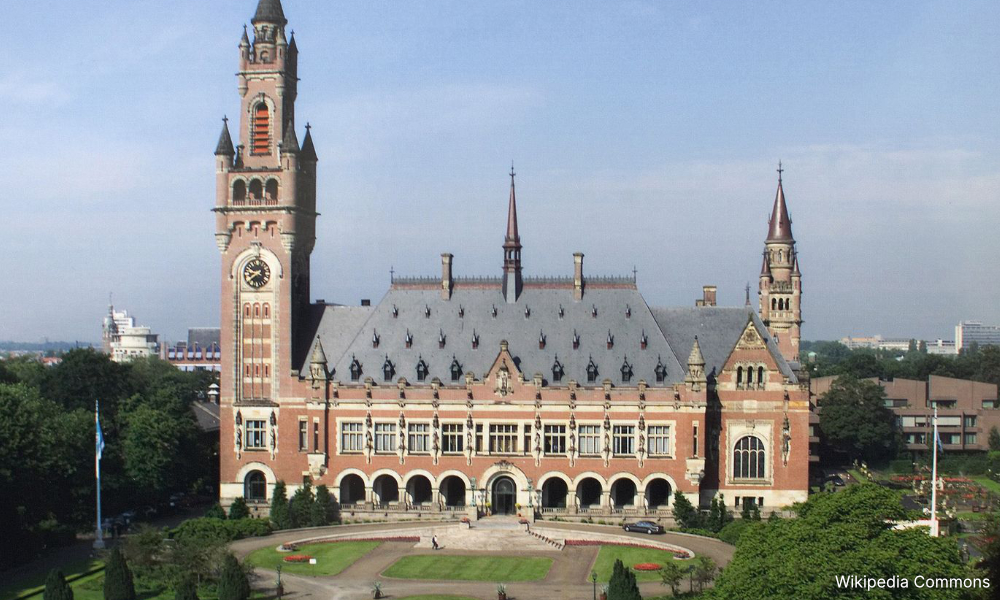
ICJ in The Hague, the Netherlands
The Thais then maintained that sovereignty of the territory around the temple remained with them.
They based their claim on maps dating back to the Franco-Siamese Treaty of 1907, by the terms of which Siam, as Thailand was known then, had ceded the Khmer-populated provinces of Battambang, Siem Reap, and Sisophon, including Preah Vihear, to Cambodia, then a French protectorate, in exchange for some French concessions.
The Thais have always insisted that the actual demarcation of the border per the terms of that treaty had produced maps that deviated from the actual text of the treaty of 1907 in the area around Preah Vihear.
Their subsequent war with France in 1940-41, which resulted in the Preah Vihear Temple and the territories ceded in 1907 returning to Thai control, was proof of their stand.
But the temple and the ceded territories did not remain in Thai hands for long following that war.
The end of WWII saw the French return to Indo-China. A year later, in 1946, in return for membership in the United Nations, Thailand was arm-twisted into ceding yet again to France and by extension, Cambodia, these same Khmer territories it had acquired in 1941 following a peace treaty brokered by the Japanese using the 1907 maps.
The Thais bided their time. It came when the French left, following Cambodian independence in 1953. The Thais moved quickly and forcibly occupied the temple and the surrounding areas.
The Thais then maintained that sovereignty of the territory around the temple remained with them.
They based their claim on maps dating back to the Franco-Siamese Treaty of 1907, by the terms of which Siam, as Thailand was known then, had ceded the Khmer-populated provinces of Battambang, Siem Reap, and Sisophon, including Preah Vihear, to Cambodia, then a French protectorate, in exchange for some French concessions.
The Thais have always insisted that the actual demarcation of the border per the terms of that treaty had produced maps that deviated from the actual text of the treaty of 1907 in the area around Preah Vihear.
Their subsequent war with France in 1940-41, which resulted in the Preah Vihear Temple and the territories ceded in 1907 returning to Thai control, was proof of their stand.
But the temple and the ceded territories did not remain in Thai hands for long following that war.
The end of WWII saw the French return to Indo-China. A year later, in 1946, in return for membership in the United Nations, Thailand was arm-twisted into ceding yet again to France and by extension, Cambodia, these same Khmer territories it had acquired in 1941 following a peace treaty brokered by the Japanese using the 1907 maps.
The Thais bided their time. It came when the French left, following Cambodian independence in 1953. The Thais moved quickly and forcibly occupied the temple and the surrounding areas.
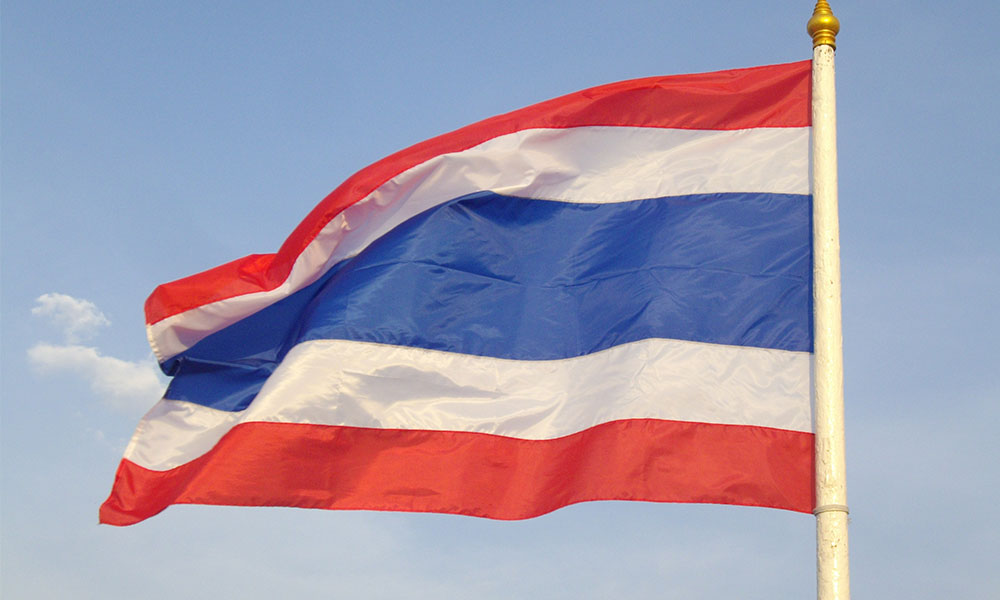
Following the 1962 ICJ award, they gave up the temple but not the immediate areas surrounding it.
That is still the Thai position, and it remains a flashpoint between the two countries, and a very emotive one at that.
In many ways, it’s like a family fight with all its attendant bitterness and rancour, compounded by the Khmer’s deep resentment of Thai cultural appropriation of their ancient court rituals and customs going back to the glory days of Angkor: royal attire, prostration, obeisance, textile patterns and weaving techniques.
The Thais insist they want a bilateral resolution without referring this dispute to the ICJ.
And it’s hard to fault the Khmers for feeling historically aggrieved at the hands of their powerful neighbours over the last two centuries.
The Mekong Delta, part of the Khmer Empire for centuries, had become Vietnamese by the late 18th century, and in the east, it had come close to permanently losing Siem Reap and the temples of Angkor to Thailand.
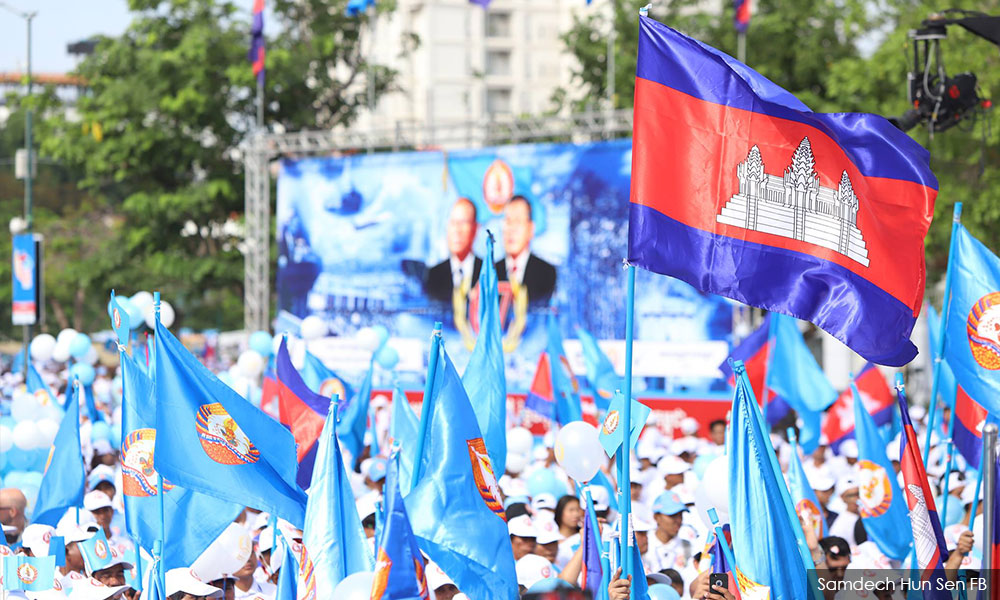
In truth, the Cambodia we see today is a rump state, squeezed out between Vietnam and Thailand.
The Khmer bristle at the thought of losing another inch of territory, and all of Asean is keenly aware of the devastating wars fought here by outside powers.
Tackle head-on, or kick it down the road?
As Asean chair, we must play the role of mediator, but it immediately begs the question: do we have a top diplomat of the calibre of Razali Ismail or the late Abdul Kadir Mohamad to turn the reported ceasefire into a permanent peace?
It will take more than a phone call to bring lasting peace between these two Asean neighbours.
Or are we going to leave this onerous task to the next chair of Asean, the Philippines, given our lack of internal cohesion and diplomatic finesse? Or to Singapore when it becomes chair in 2027?
MURALE PILLAI is a former GLC employee. He runs a logistics company.
No comments:
Post a Comment